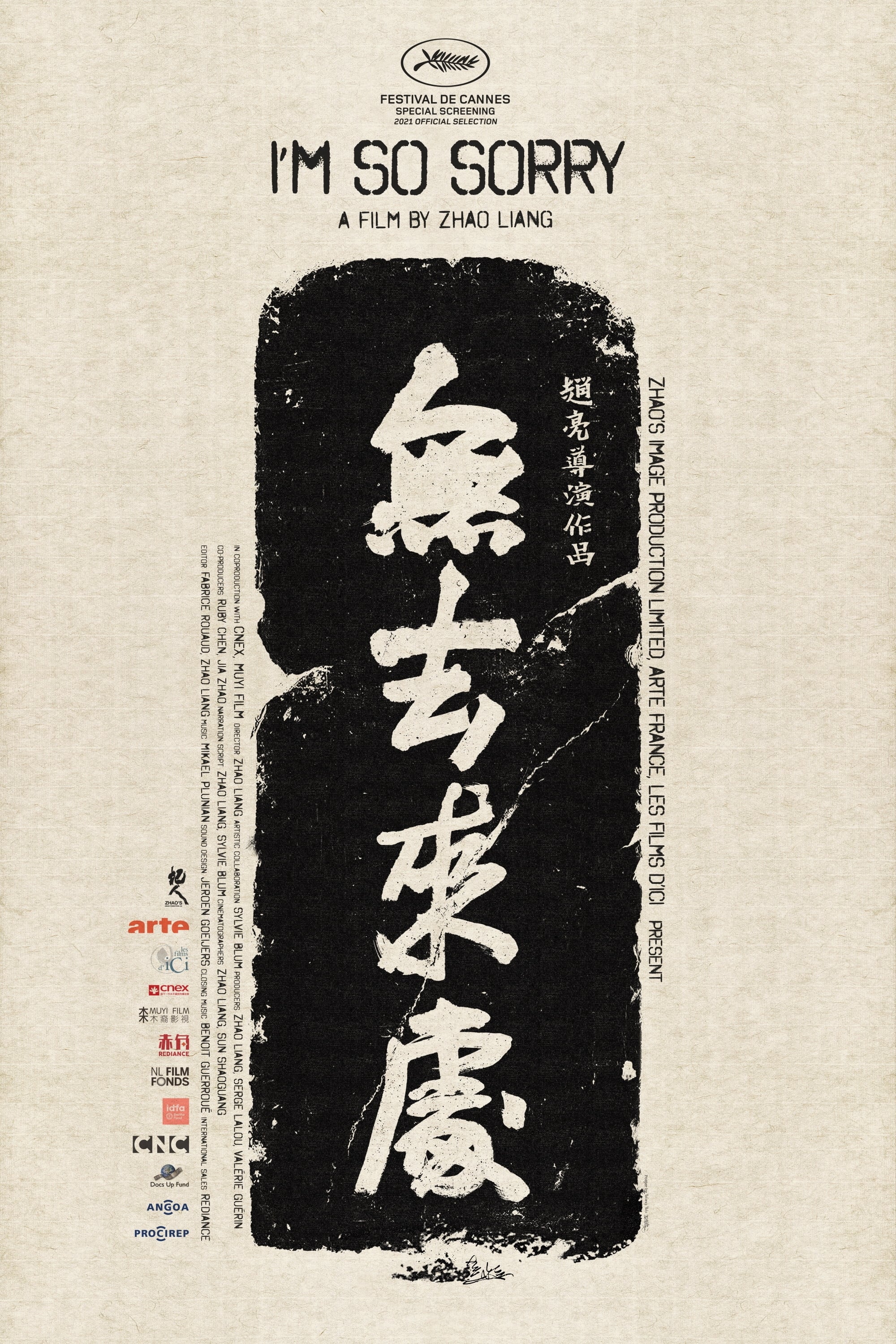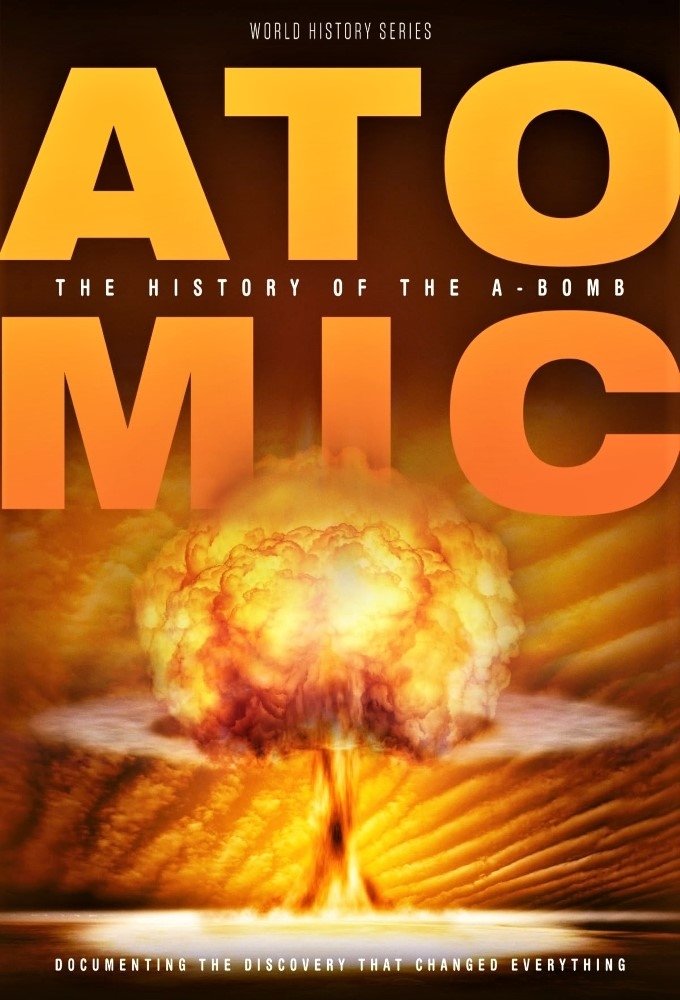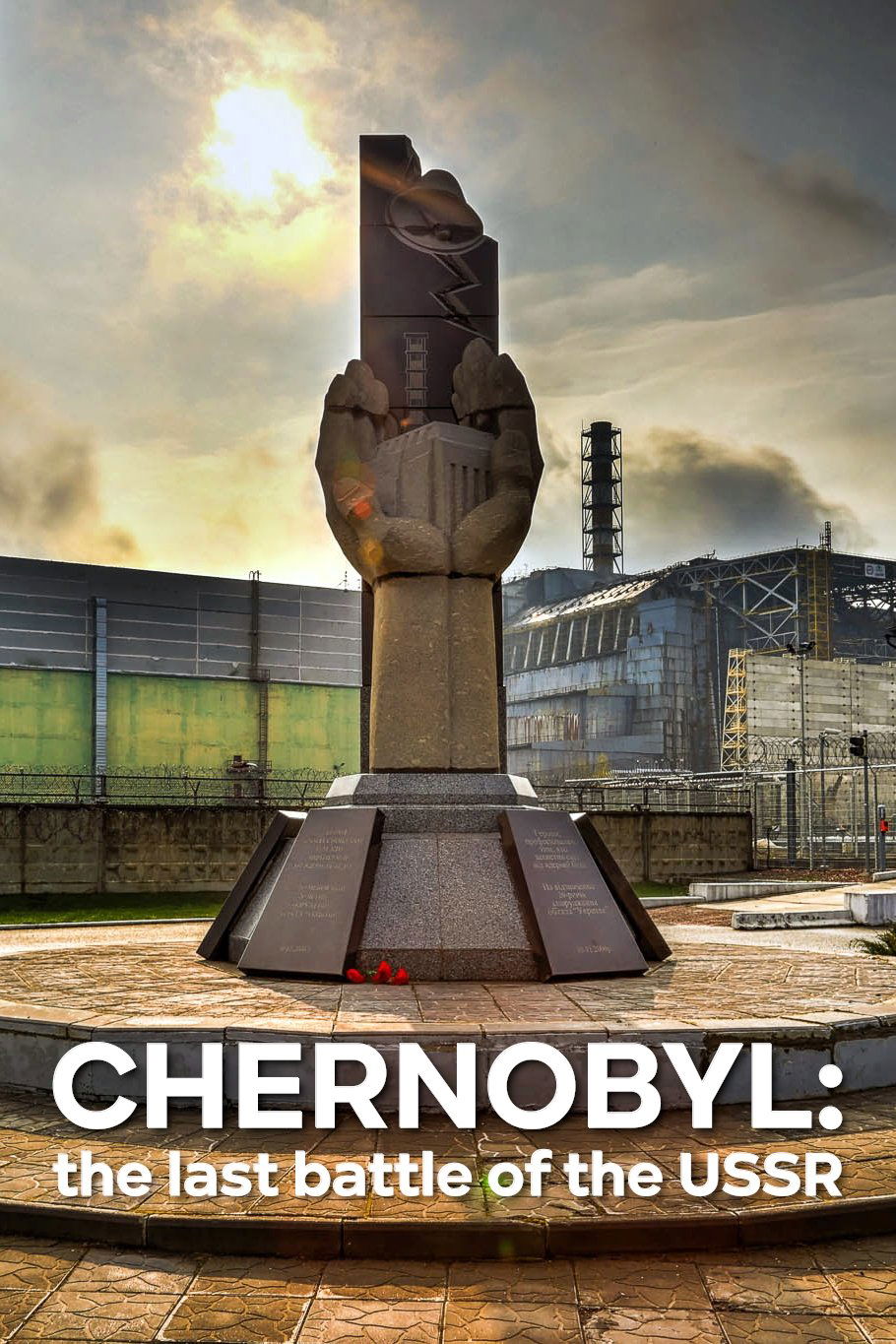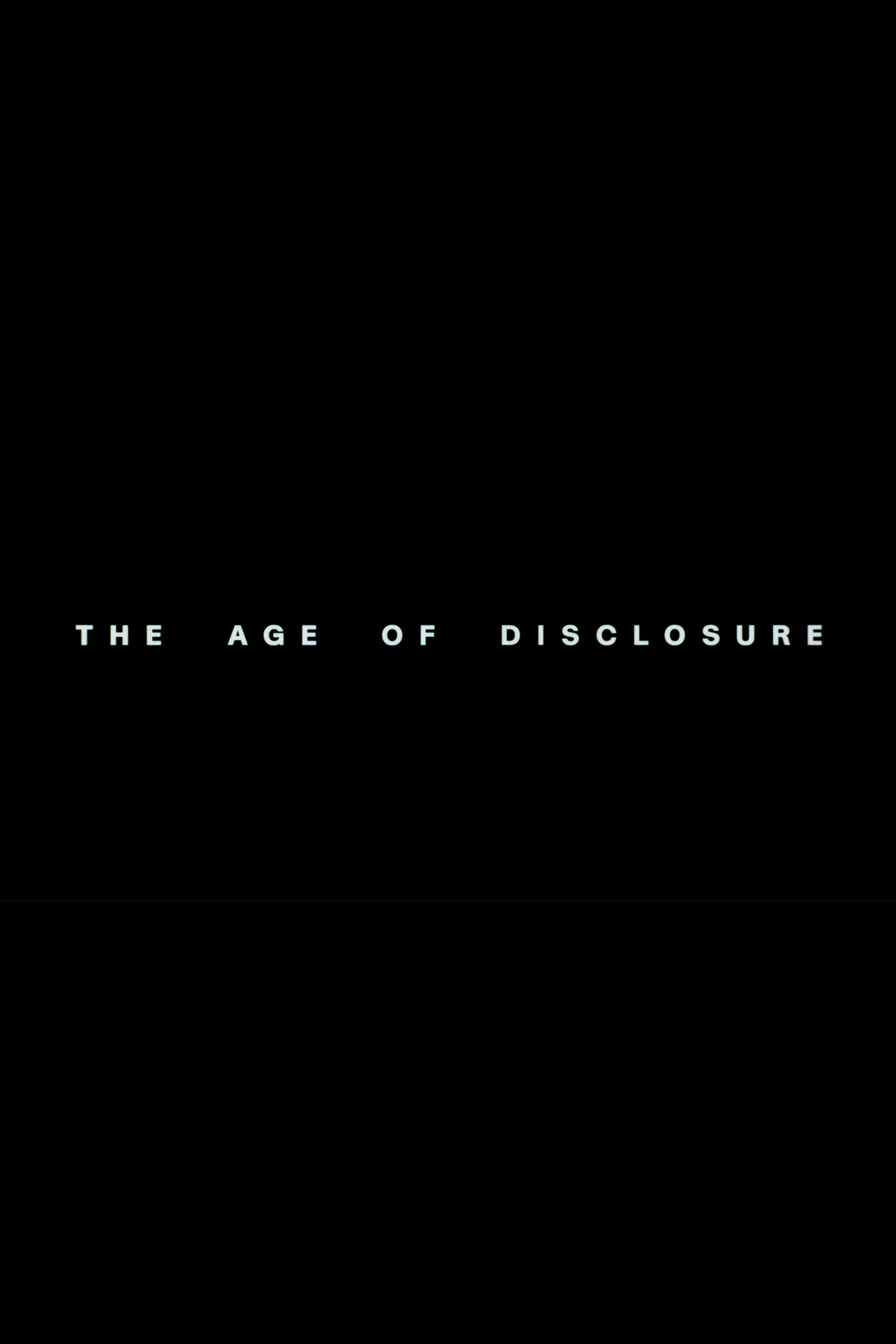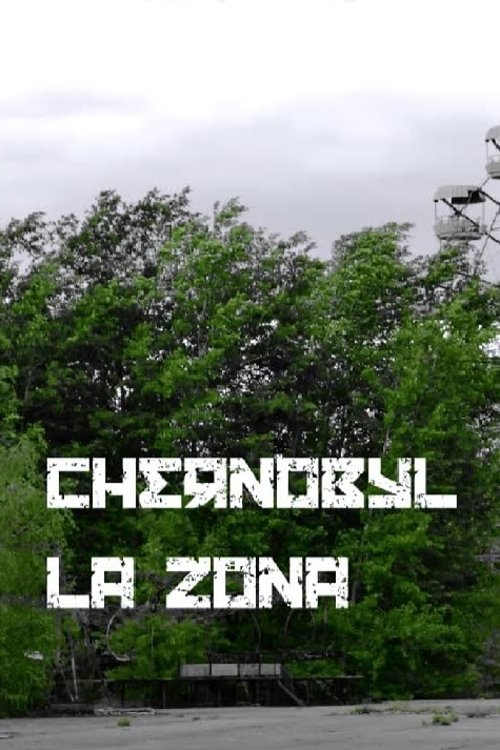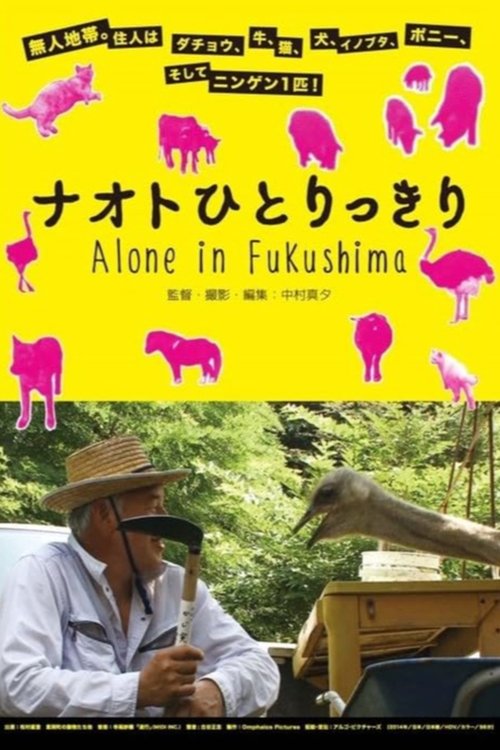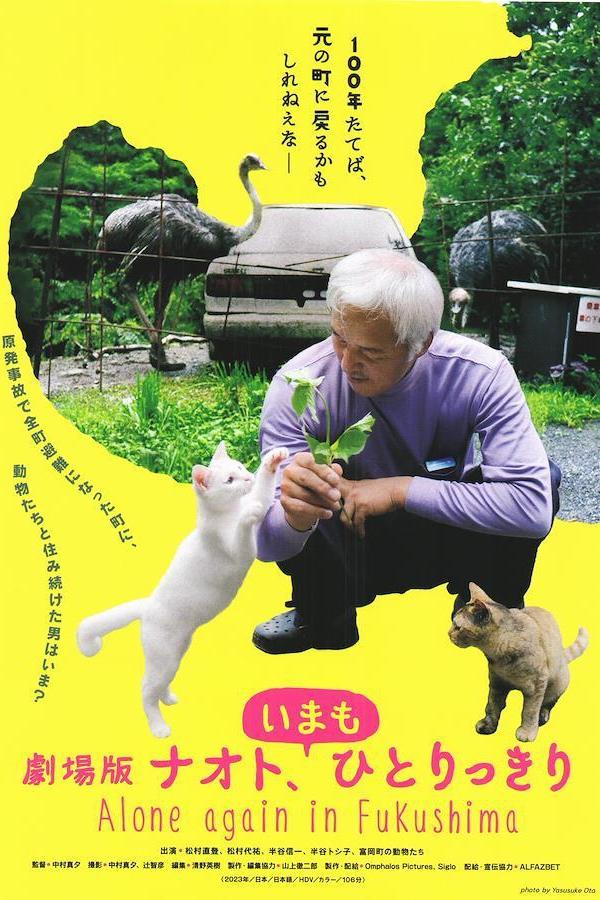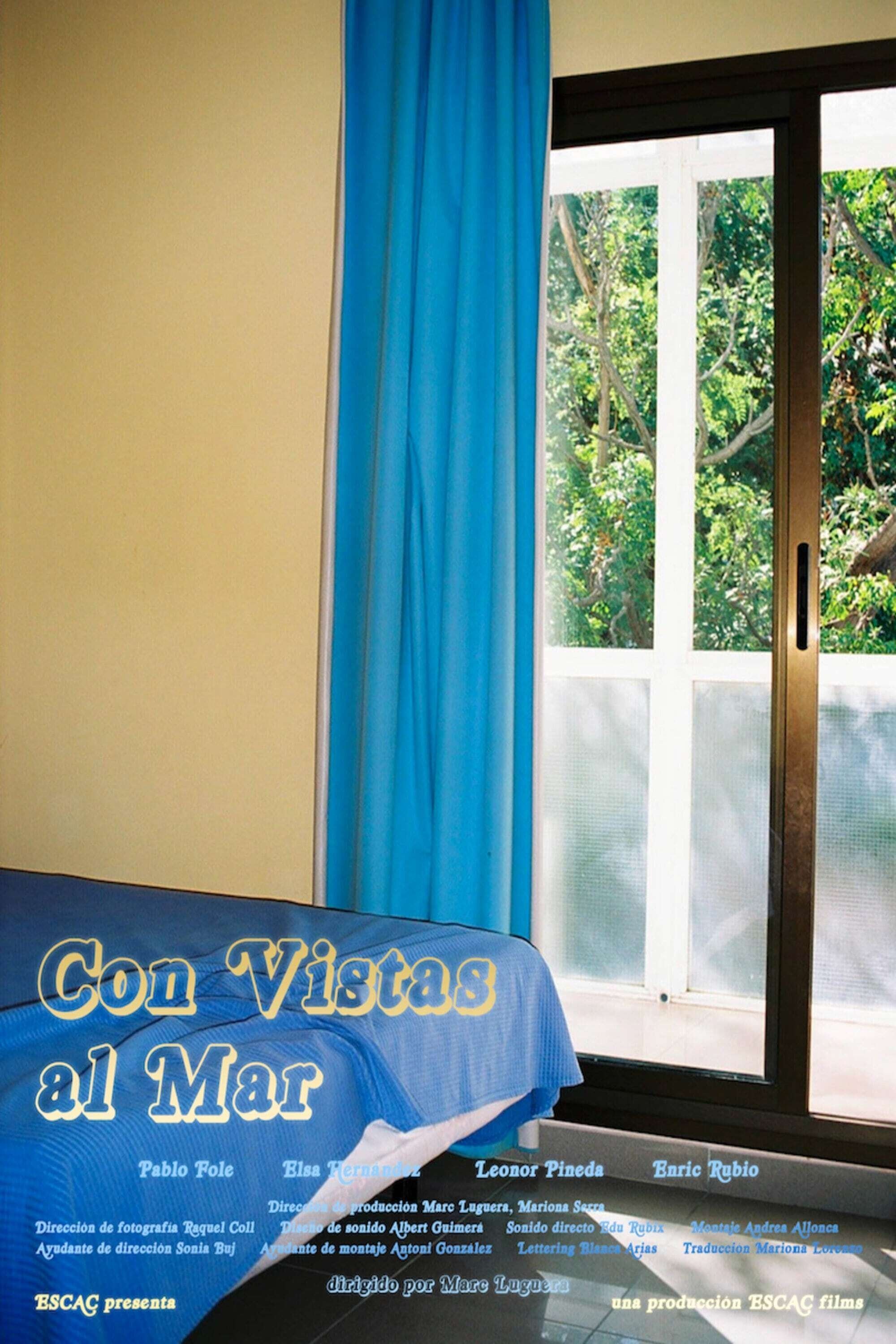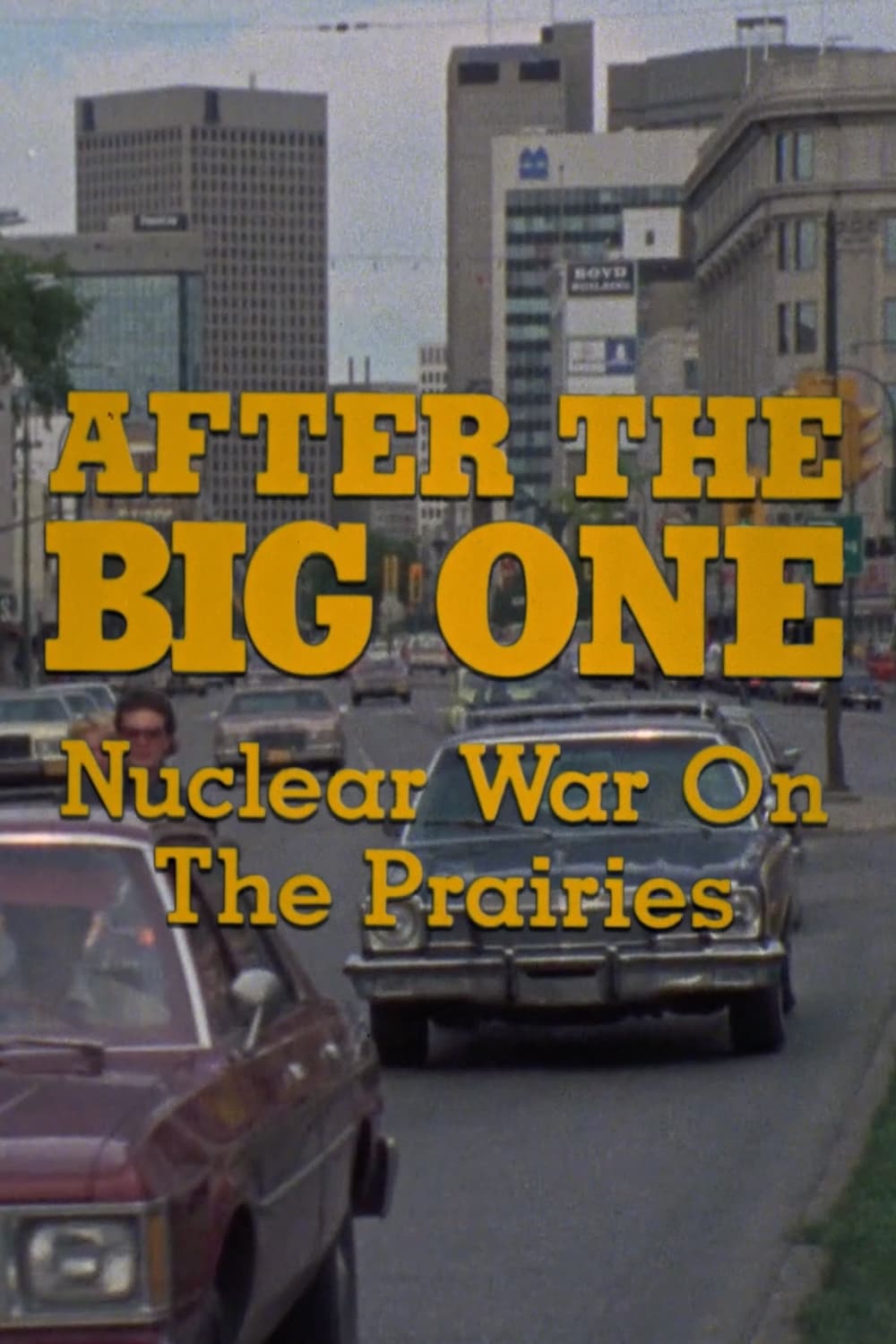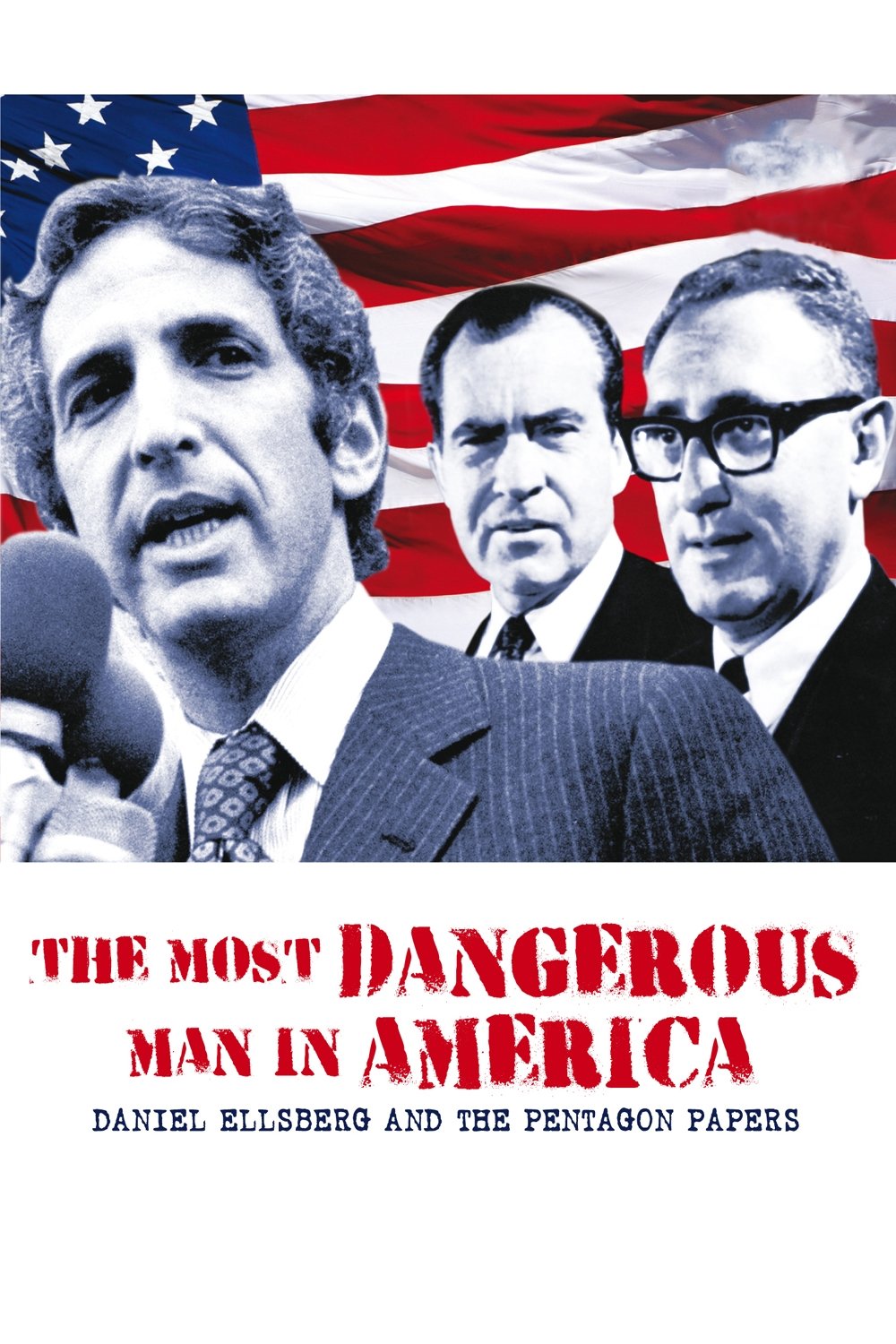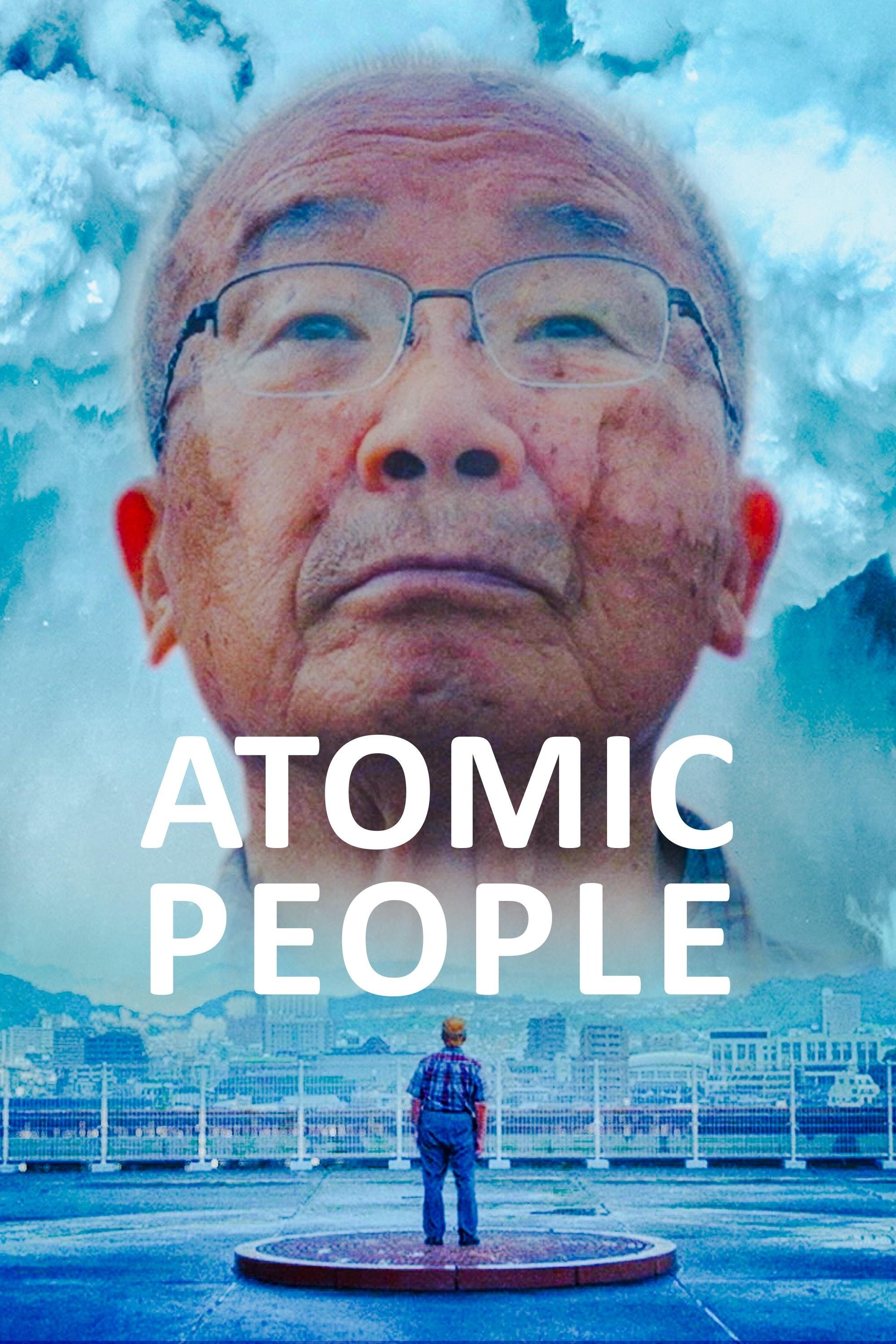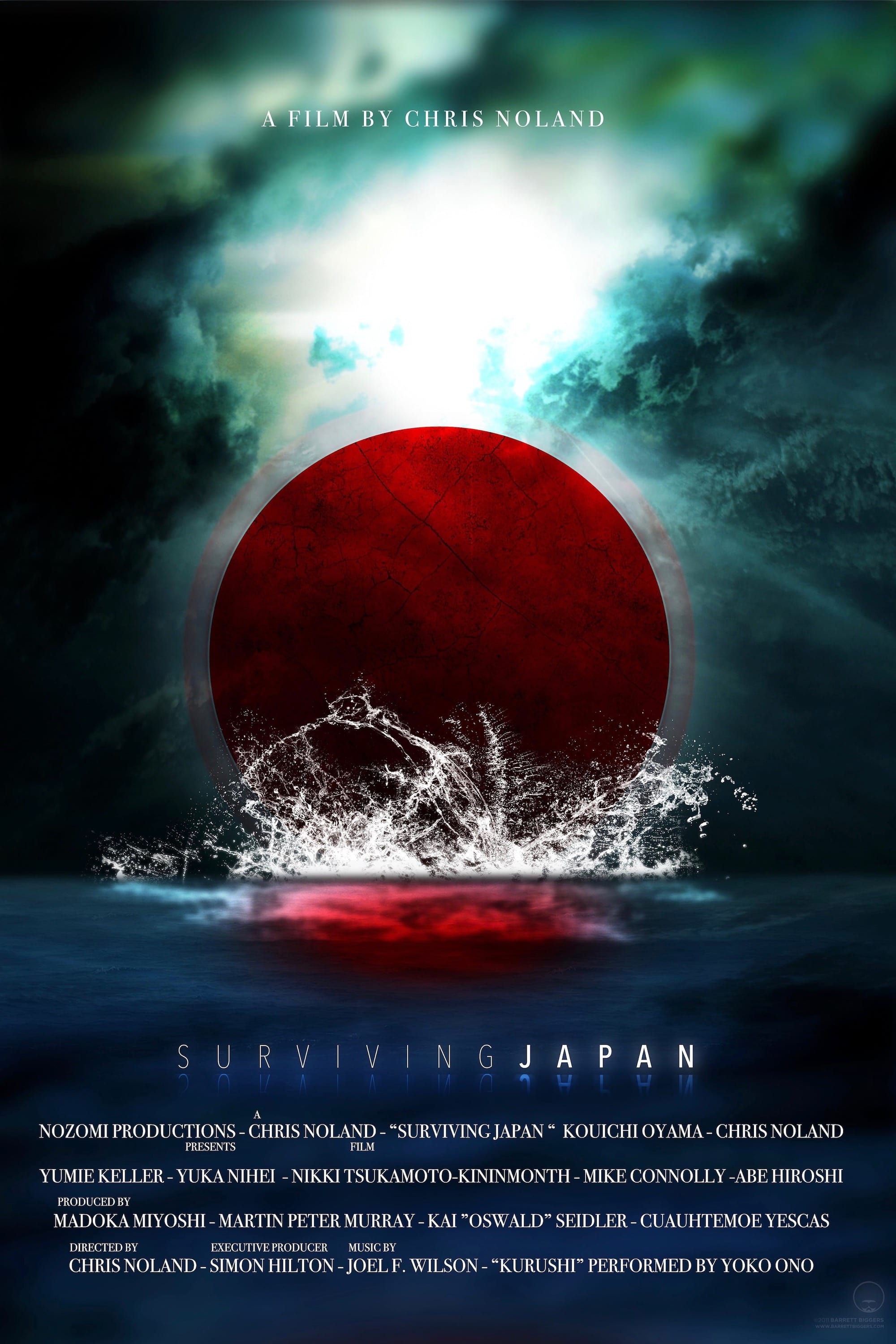
3.11: Surviving Japan (2013)
Released:
2013-03-11
Duration:
1hr 30min
Genres:
Documentary
Rating 8.0
Natural Disaster. Manmade Catastrophe.
Overview
True story of an American volunteer who discovered the unvarnished truth about the Fukushima nuclear disaster cover-up while living in Japan. A critical look at how the authorities handled the nuclear crisis and Tsunami relief by an American who volunteered in the clean-up.
Production Companies
Additional Info
| Budget | $0.00 |
|---|---|
| Revenue | $0.00 |
| Original Language | en |
| Popularity | 0.1188 |
Directed By
Christopher Noland
Crew
Director
Christopher Noland
Christopher Noland
